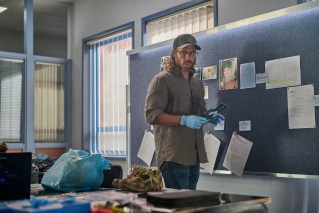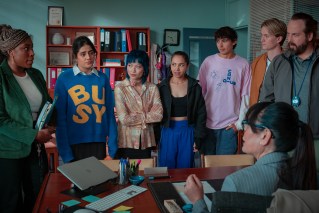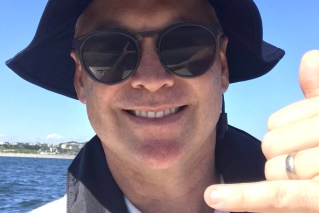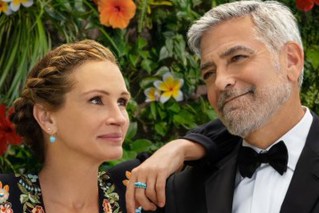Are zoos good or bad? New documentary uncovers the truth

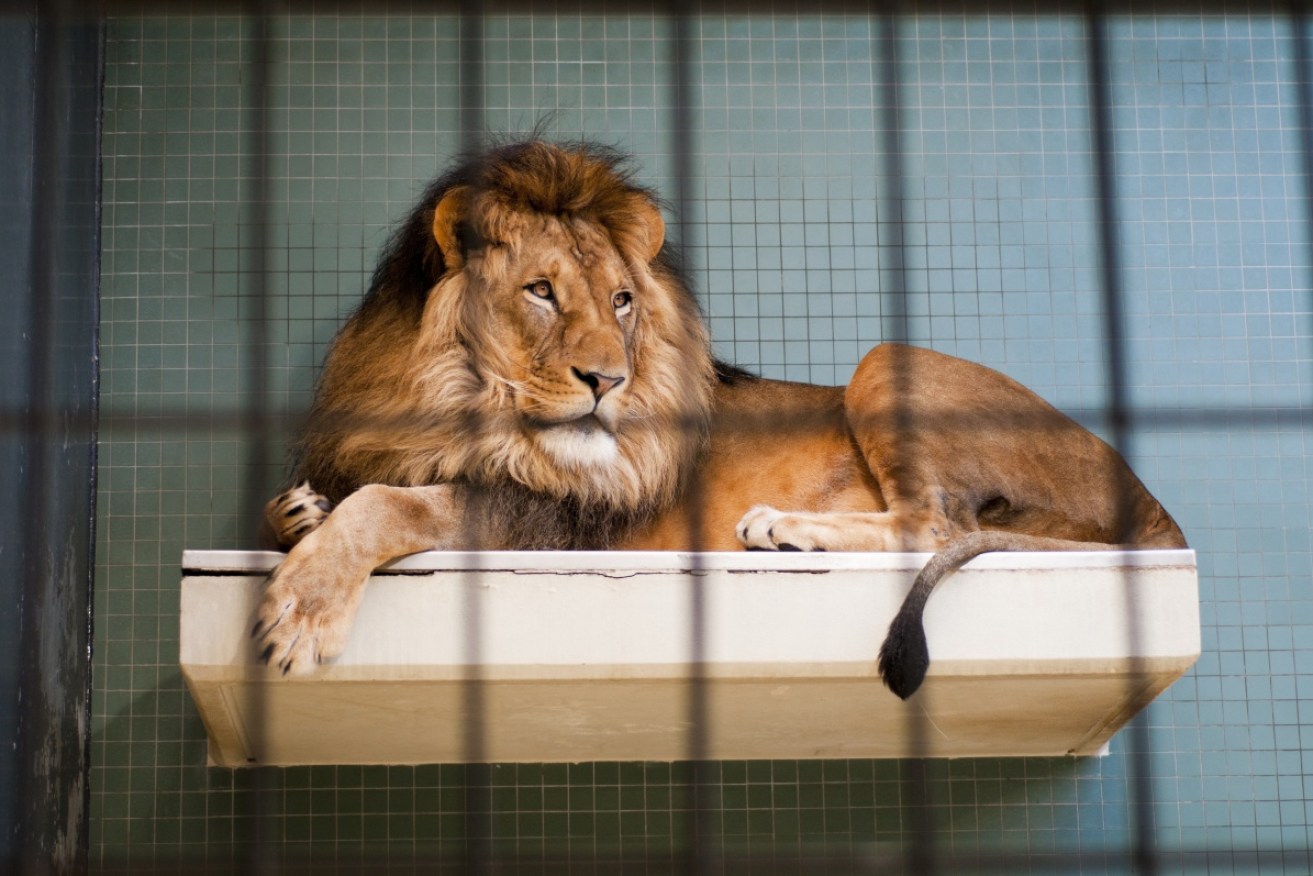
Are zoos helping or hurting our wildlife? Photo: Getty
At Copenhagen Zoo, a two-year-old giraffe named Marius was, as humanely as possible, euthanised, dissected and fed to the lions – while zoo visitors watched. A huge scandal erupted.
But animals have been openly culled at the zoo (and at many others behind closed doors) for the past 30 years. It’s part of life there because they are allowed to breed naturally, rather than be given contraception, and the zoo has only enough space for a certain number of animals.
Managing population was one of the dilemmas for modern zoos explored in Should We Close Our Zoos? which screened on SBS on Tuesday (it’s now available on SBS On Demand).
Irish biochemist and wild animal biologist Liz Bonnin presented the BBC science documentary and asked the tough questions of zoo directors and vets around the world.

Host Liz Bonnin investigates the practices of SeaWorld. Photo: BBC
The big questions asked by the program were ‘do we need zoos at all?’ and, if we do, ‘how do they best meet the needs of the animals they house?’.
“We have to let them breed naturally,” said Mads Bertelsen, a vet at Copenhagen Zoo.
“It’s part of their freedom. It’s important to have natural behaviour. If you take away that part, then you have other problems.”
Zoos have been around for hundreds of years. Australia’s oldest zoo, Melbourne Zoo, opened in 1862.
In those days, the mainly large animals were brought in from the wild, particularly from Africa, and housed in conditions now considered largely inadequate.
But things have changed.
In European zoos, 90 per cent of the animals are born in captivity and 90 per cent are not endangered species.

Old zoos were an overwhelmingly negative place for the animals they housed, but that’s no longer the case. Photo: BBC
At Florida’s SeaWorld, where Tilikum the orca drowned a trainer in 2010, vet Dr Chris Dold was forced to defend the constraints of captivity for animals who, in the wild, can travel 160 kilometres a day to keep healthy.
Bonnin found very little scientific research to justify SeaWorld’s claims the orcas live just as long in the park and suffer no mental aberration in captivity.
Interestingly, after the program was filmed – as a result of public pressure – SeaWorld announced the end of its controversial orca shows and breeding.
It also recently announced that Tilikum, the subject of the successful documentary Blackfish, had died after 33 years in captivity.

SeaWorld recently announced it would no longer breed orcas in captivity. Photo: Getty
In turn, Bonnin considered whether or not zoos have successfully fulfilled their conservation roles – saving animals facing extinction as a result of the action of humans.
White rhinos, for example, are now extinct in the wild, largely thanks to poachers who killed them for their valuable horns. Bonnin met Nabire – one of five white rhinos surviving in captivity.
Nabire has since died and both Bonnin and the conservation scientists she met concluded science alone can’t clean up the mess created by human beings.

Nabire the white rhino was one of the last remaining of her kind. Photo: BBC
One of the world’s most successful zoos – in Detroit – is making full use of scientific research in its decision-making.
It now only keeps animals that science says can thrive, not just survive, in captivity.
That means no elephants. And they’ve spent $US16 million designing and building an Arctic Ring of Life enclosure for just two polar bears.
Since making those decisions, attendance at the zoo has skyrocketed.
As with many zoos worldwide, it’s impossible to say with certainty how well Australian zoos look after their animals. Each state has its own laws covering animal welfare.

Australia’s Taronga Zoo in Sydney must obey strict standards on animal welfare. Photo: Getty
At Australia’s most famous zoo, Taronga Zoo in Sydney, for example, NSW’s Exhibited Animals Protection Act enforces strict standards on how animals are exhibited.
The World Animal Protection group has said Australia provides a leading example for the safe and humane treatment of animals in captivity – but the group still has concerns about close encounters with wildlife at venues, including zoos, in this country.
According to this documentary, Detroit Zoo offers a blueprint for the survival of zoos everywhere.
If other zoos don’t follow suit, they, like the animals many of them house, should face culling.
Watch a trailer for Should We Close Our Zoos?


